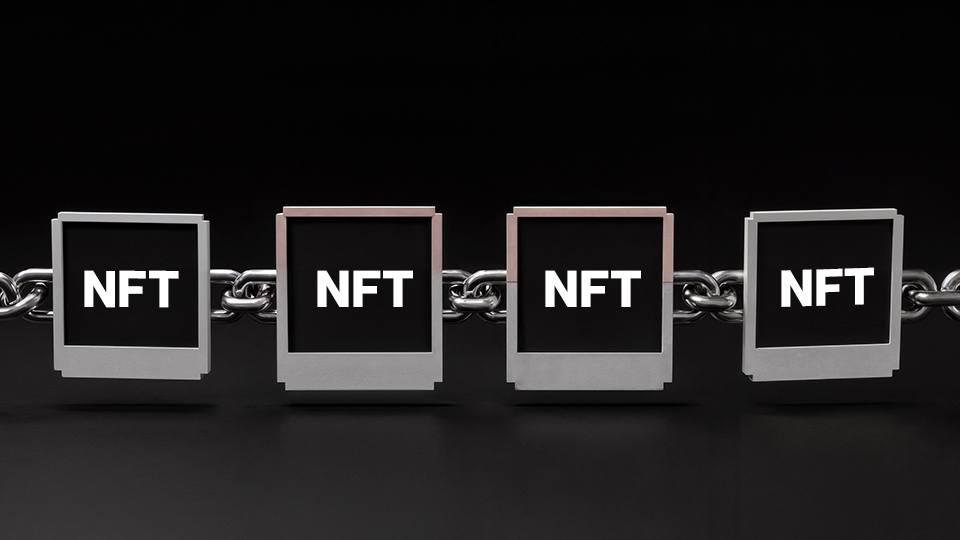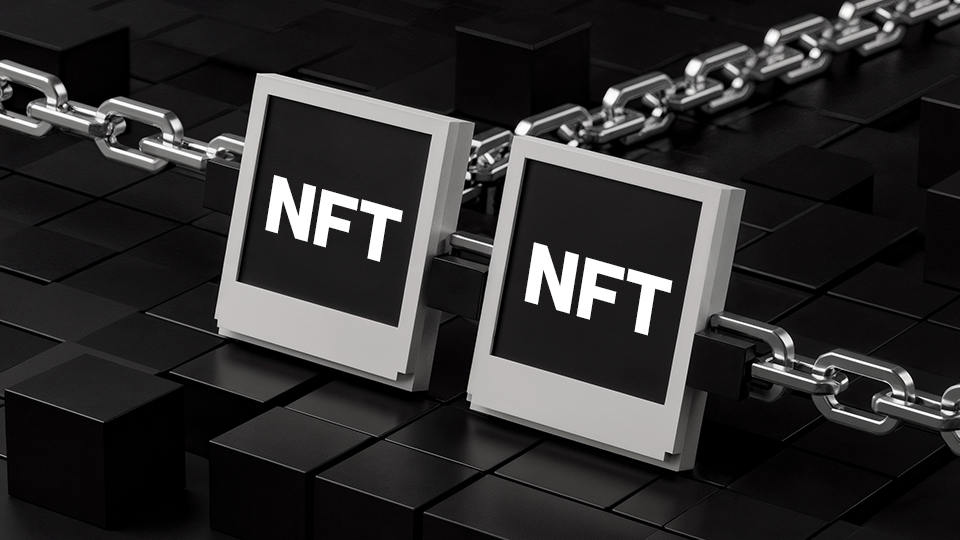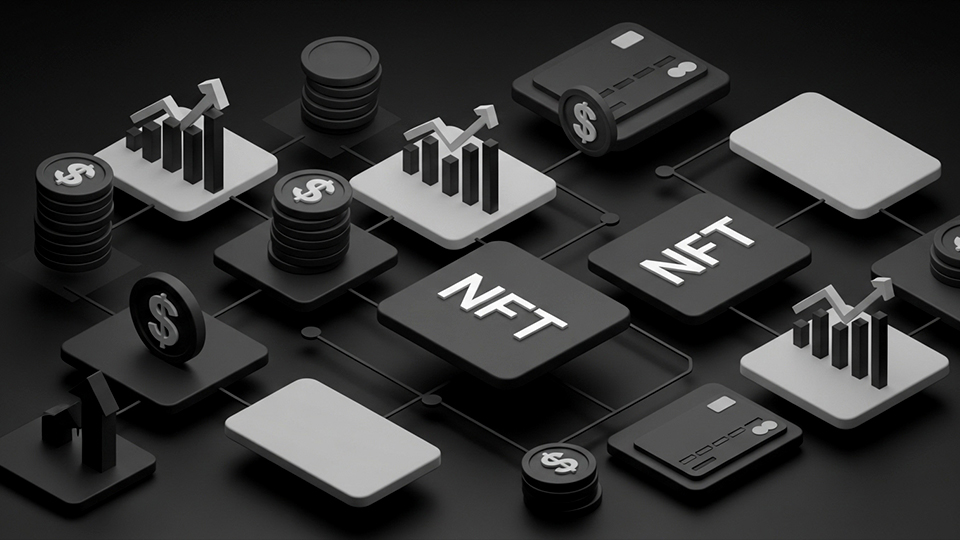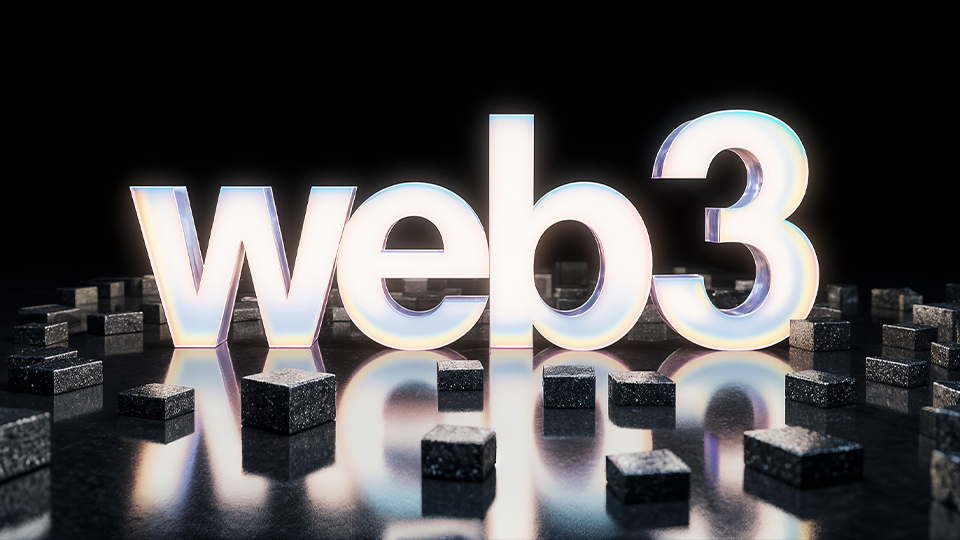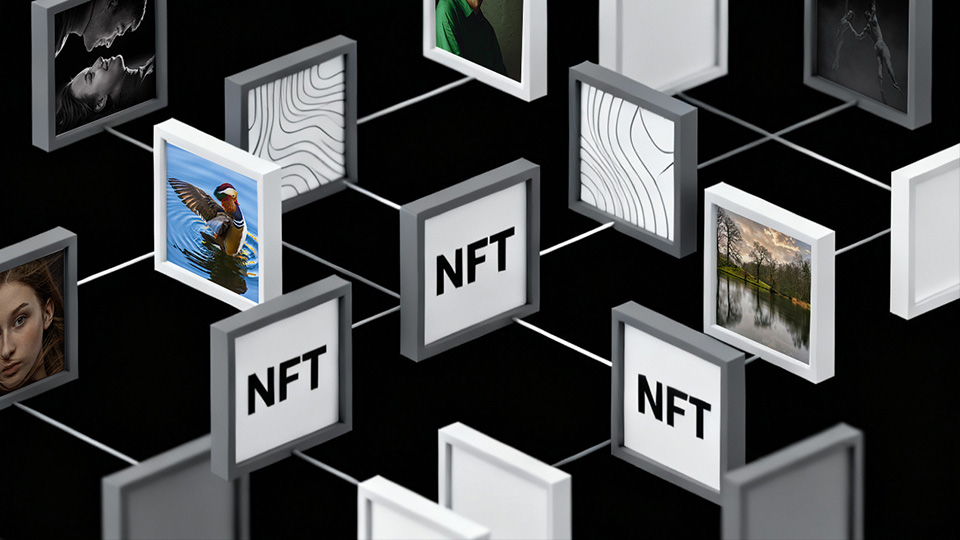NFT Interoperability: Moving Digital Assets Across Chains in 2025
As NFTs grow beyond their early hype, one of the biggest challenges they face is fragmentation. In 2025, with multiple blockchains like Ethereum, Solana, and Avalanche actively hosting NFT projects, creators and collectors often find themselves limited by chain-specific marketplaces, tools, and standards. The push toward NFT interoperability, the ability to move digital assets seamlessly across chains, is emerging as a critical solution to this problem.
What Is NFT Interoperability?
NFT interoperability refers to the ability of non-fungible tokens to move, function, and retain value across different blockchain networks. This means a user could mint an NFT on Ethereum, use it in a Solana-based metaverse, and trade it on a Polygon-powered marketplace, without needing to recreate or duplicate the asset on each chain.
In the current system, most NFTs are locked into the chain they were minted on. This creates barriers for collectors, developers, and marketplaces. Interoperability aims to remove these barriers and allow NFTs to operate as flexible, portable digital assets.
Cross-Chain Protocols Enabling Interoperability
Several blockchain protocols are making progress toward cross-chain NFT movement by developing secure bridging technologies.
- Wormhole: Initially launched to connect Ethereum and Solana, Wormhole now supports a range of networks and enables users to transfer NFTs and tokens between them. The protocol wraps assets when moved, ensuring their value and metadata are preserved across chains.
- LayerZero: A protocol designed for lightweight cross-chain messaging, LayerZero focuses on making interactions between chains seamless and efficient. It allows NFTs to be transferred or referenced across different systems without losing ownership or authenticity.
- These protocols serve as the infrastructure that powers multi-chain platforms and tools, enabling a growing number of decentralized applications (dApps) to support NFTs from multiple blockchains.
How Interoperability Will Impact NFT Marketplaces
In 2025, interoperability is already starting to change how NFT marketplaces operate. Instead of siloed platforms that serve only one blockchain, we are seeing a rise in multi-chain marketplaces that can support NFTs from various sectors.
This shift has several benefits:
- Increased liquidity: NFTs listed on one marketplace can be accessed by buyers from other chains, expanding the pool of potential buyers.
- Wider exposure: Creators can reach cross-chain audiences without having to mint duplicates of their work on different networks.
- Unified user experience: Marketplaces can offer a seamless browsing and purchasing experience without requiring users to switch wallets or networks.
As interoperability becomes more reliable and secure, it will also help standardize royalties, metadata formats, and ownership tracking across systems.
Roadblocks
While the technology is advancing, there are still challenges to be addressed:
- Security: Cross-chain bridges can be vulnerable to attacks if not properly audited.
- Standardization: Metadata and token standards must be aligned across chains for interoperability to work effectively.
- User experience: Moving NFTs across chains should be intuitive and not require complex technical steps for the average user.
Efforts from developers, standard-setting organizations, and marketplaces will be key to solving these issues.
What’s Next
As NFTs grow and adapt, NFT interoperability will play a central role in shaping the future of digital ownership. Whether it’s enabling artists to reach new audiences, allowing gamers to carry their in-game assets across platforms, or streamlining how collectors manage their portfolios, interoperability opens the door to a more flexible and connected NFT economy.
By 2025, tools like Wormhole and LayerZero are not only making interoperability possible, they are setting the foundation for a more inclusive digital asset space.

